June, the month for moths. This is the month when most species and numbers of moths are usually recorded. The blocking High Pressures over the Atlantic produced a stubborn northerly airstream with cool nights. This has led to frustratingly poor mothing nights. Last Saturday the weather appeared a little warmer.
We had two lights operating and decided to trap along the Lower Path. There were lots of Green and Silver-ground Carpets. Then came in the Snouts with their large brown triangular wings and curved proboscis. Moths were numerous and a series of moths came in. New moths such as the little yellow Strawdot, lots of the day flying Latticed Heath, a Common Quaker, and the scarce but relatively common in Notts Cream-bordered Green Pea. Towards the end the very beautiful Buff and White Ermines.
Meanwhile the other trap captured the spectacular huge Privet and aptly named Eyed Hawk-moths.
I will keep you posted when the next mothing night. Hopefully it will warm up!!!
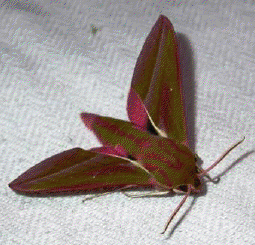
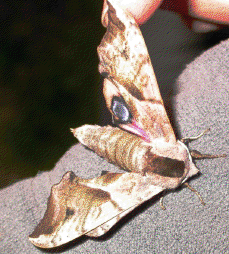
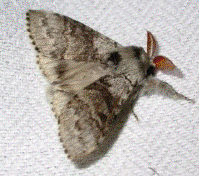

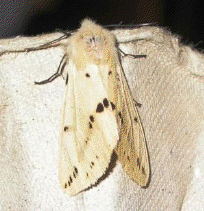
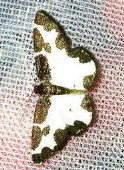
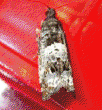


[table id=15 /]
.